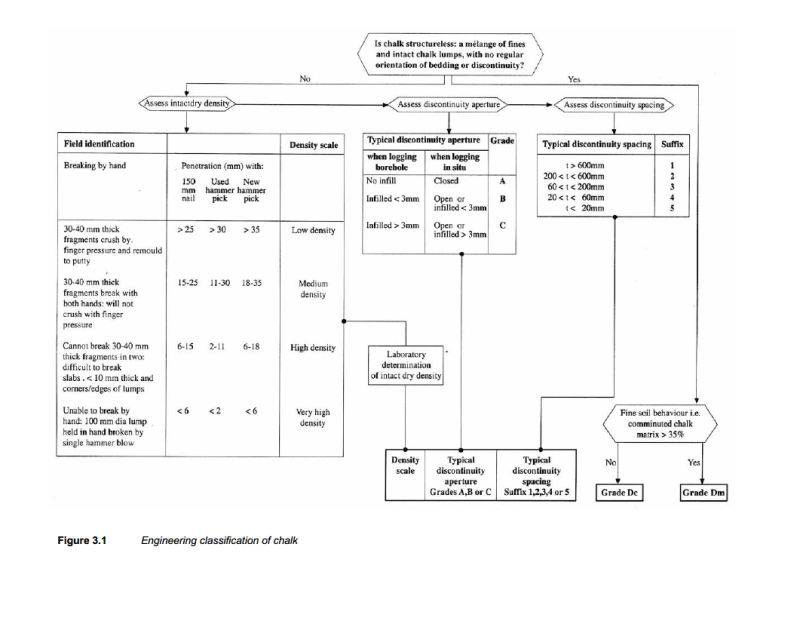Hello,
I recently had a site with two different geotechnical reports (same site, two reports from different years) and the subsurface conditions were similar (depth of clays, bearing stratum, etc), but one of them used Chalk for the bearing stratum, and the other used Marl". Both were found at the same depths.
Are these two types of soil basically the same?? can they be used interchangeably? Or what is the difference?
Thanks!
I recently had a site with two different geotechnical reports (same site, two reports from different years) and the subsurface conditions were similar (depth of clays, bearing stratum, etc), but one of them used Chalk for the bearing stratum, and the other used Marl". Both were found at the same depths.
Are these two types of soil basically the same?? can they be used interchangeably? Or what is the difference?
Thanks!

